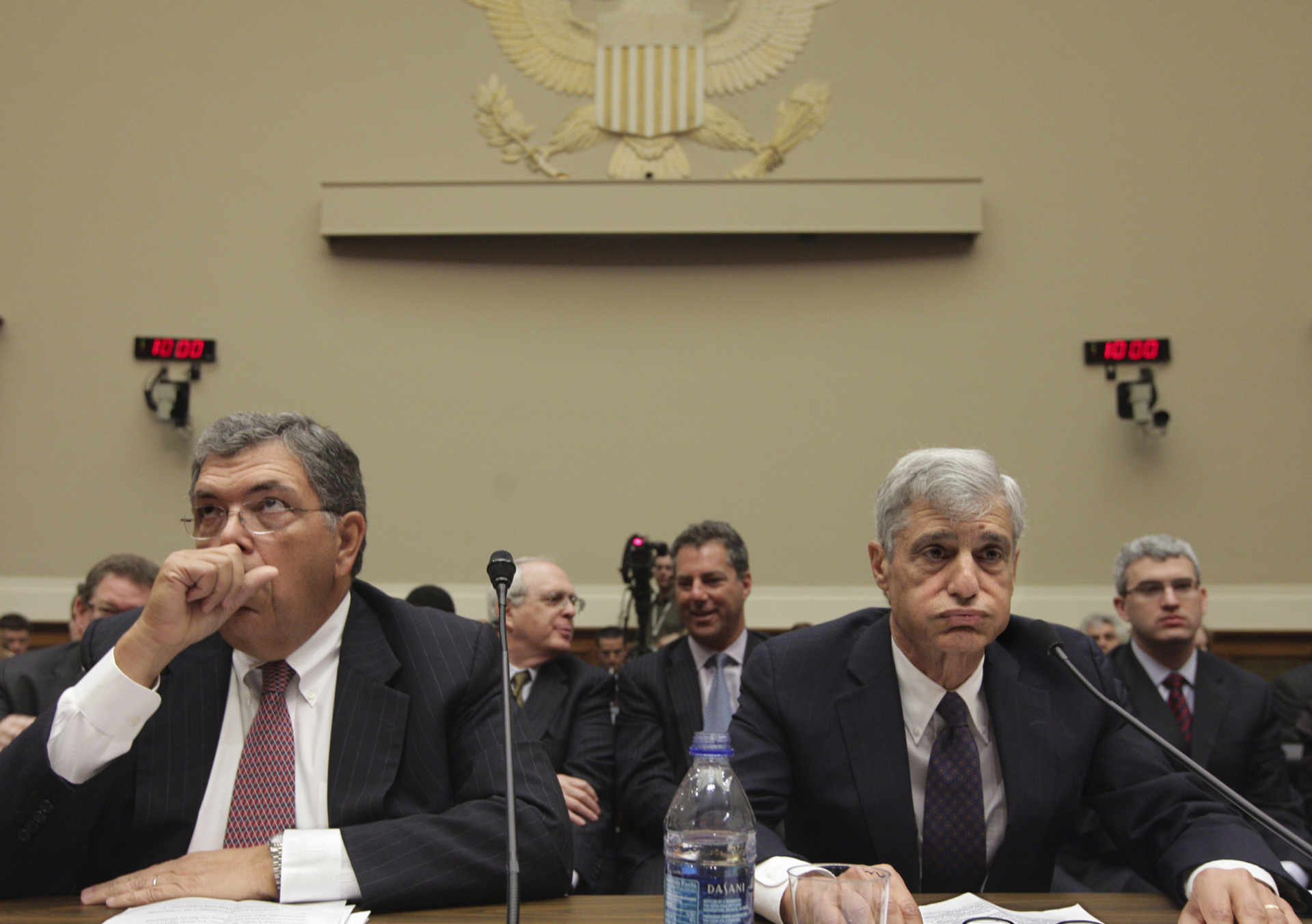Can the cryptocurrency market heal itself?
The collapse of FTX Trading last week, which filed for Chapter 11 bankruptcy on Friday, pummeled cryptocurrency prices and the financial infrastructure built up around trading cryptocurrencies. Hopes that crypto could improve or even replace the world’s existing financial system were dashed. Even the more modest ambition that crypto could earn a place in mainstream investment portfolios now seems impossible in the near term and unlikely even on a longer time horizon.
On Monday, however, Changpeng Zhao announced plans to launch a crypto “industry recovery fund” to help industry players facing a liquidity crunch. Zhao, called “CZ” by crypto insiders, is the chief executive of Binance, the world’s biggest crypto exchange. The idea is to “reduce further cascading negative effects of FTX.”

Founder and CEO of Binance Changpeng Zhao, commonly known as “CZ,” attends “CZ meets Italy” at Palazzo Brancaccio on May 10, 2022, in Rome, Italy. (Antonio Masiello/Getty Images)
We talked last week about how the crypto industry lacks a central bank to play the role of a lender of last resort. This can make a crypto exchange vulnerable to a “run on the bank” event when customers ask for their money back faster than the exchange can liquidate its investments. The rush to liquidate to meet withdrawals can send the prices of assets spiraling downward. This can spread to other funds and exchanges as investors seek to withdraw from those seen as exposed to the plunging asset prices or failing exchange, a phenomenon typically referred to as “contagion.”
In the classic phrase, the role of the central bank is to “lend freely, against good collateral, at a penalty rate.” By supplying the institution with ready liquidity when it is unavailable in the market, the central bank can theoretically stem the run. In order for this to work, however, the threatened institution needs enough “good collateral” to cover its liquidity needs. History has shown us time and again that what first looks like a liquidity crisis is often really the start of a solvency crisis. That’s not actually all that surprising. One very good reason why sophisticated investors might be unwilling to supply liquidity is because they doubt the borrower will be good for it.
Earlier this year, FTX and its founder Sam Bankman-Fried appeared to be attempting to fill the role of a lender of last resort by trying to bail out a couple of smaller failed crypto firms, Voyager Digital and BlockFi Inc. This even led some to compare SBF, as he is known, to J.P. Morgan, who organized bank bailouts in the wake of the 1907 financial crisis. SBF accepted the analogy, although he said he was only a “scaled down” version of the famous banker.
“Goal one is preventing contagion…there’s no Fed so to speak for crypto,” he said. “The sort of mandate I gave…was, look, don’t lose a lot of money, but don’t try to make money.”
Obviously, SBF is not in a position to play Morgan now. Binance last week offered to buy FTX—only to back out almost immediately, basically signing the FTX death warrant in the process. But now CZ looks like he is ready to attempt to play the scaled down J.P. Morgan role.
For those of us with memories that stretch back to the early days of the global financial crisis, however, this sounds very familiar. In the summer of 2007, the market turned against an asset class called Structured Investment Vehicles (SIVs), large off-balance sheet funds managed by banks that borrowed short-term debt to fund longer-term assets like mortgages and asset-backed securities. Investors were increasingly concerned about the quality of the assets they held and were refusing to provide financing, forcing the SIVs to sell assets at “firesale prices.”
The biggest banks—including Bank of America, Citigroup, and J.P. Morgan Chase—attempted that fall to stave off the liquidity crisis by launching a rescue fund that they called “master liquidity enhancing conduit,” or M-LEC. It was often called the Super SIV. Although it now seems a bit bonkers, the hope was that investors would be willing to fund a new, bigger SIV that would buy the good assets from the other SIVs, providing them with liquidity and allowing them to avoid selling at “firesale prices.” Almost immediately, however, many saw this as a scheme to get investors to overpay for toxic mortgage bonds. If the SIV assets really were worth more than the market was willing to bear, why weren’t the banks buying the good assets themselves?

Former Treasury Secretary Robert Rubin (right), who was a senior adviser and chairman of Citigroup during the mortgage and financial crises, and former Citi CEO Charles Prince, prepare to testify on Capitol Hill on April 8, 2010, before the Financial Crisis Inquiry Commission about the decisions that triggered the 2008 global financial crisis. (AP Photo/J. Scott Applewhite)
Despite the attempts by Hank Paulson, the former CEO of Goldman Sachs who was then Secretary of Treasury, to midwife M-LEC into existence, the scheme eventually collapsed. By December of 2007, the banks themselves were facing questions about their own liquidity and even solvency. Many banks decided to go ahead and buy the assets themselves to avoid those “firesales,” which put the toxic mortgages on their balance sheets. That proved a costly move the following year when prices for many of the mortgage bonds collapsed even further, triggering the acute phase of the financial crisis and eventually the 2008 bailout.
The industry rescue fund proposed by CZ bears more than a passing resemblance to the Super-SIV. Its purpose appears nearly identical: to prevent “firesales” of assets held by companies facing liquidity crunches. It seems likely to meet the same fate as well.
Few in the crypto industry are familiar with the history of the Super SIV, as far as we can tell. They likely will be. Those who repeat history are doomed to learn it.

COMMENTS
Please let us know if you're having issues with commenting.